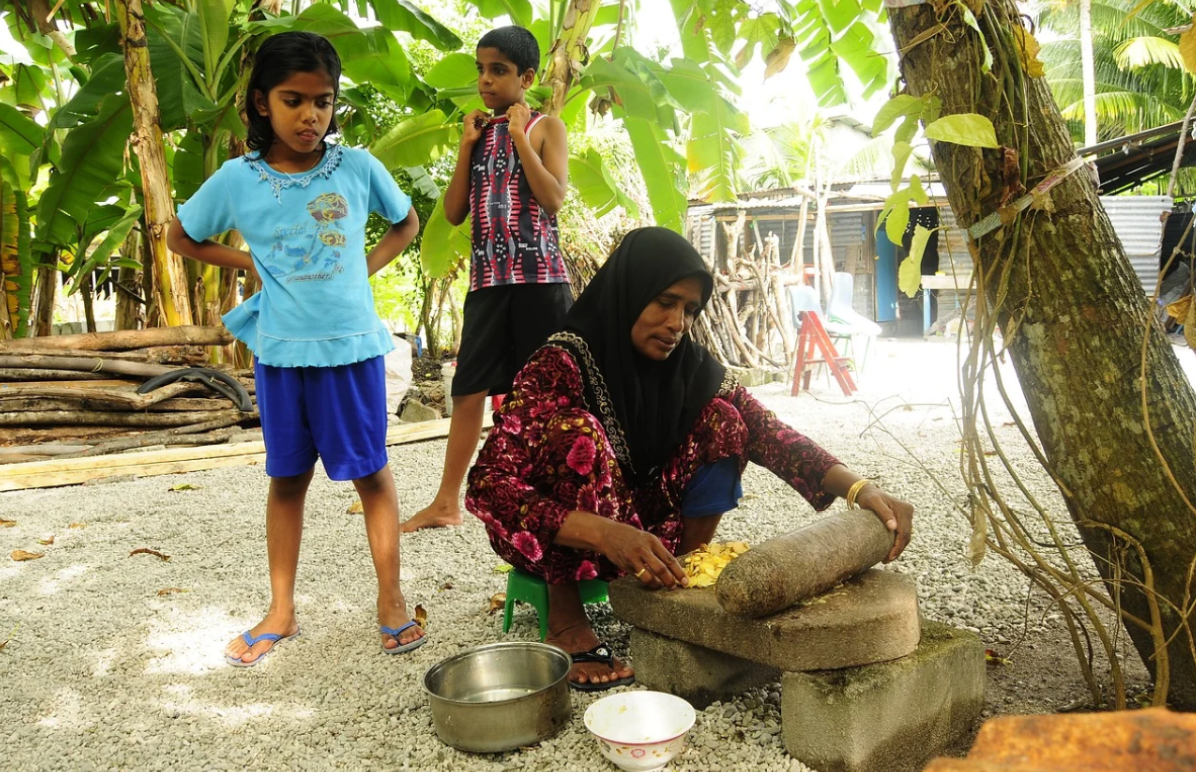7 Facts About Healthcare in the Maldives

People know the Maldives internationally for its beautiful beaches and remote atolls. This south Asian nation has a unique healthcare system with a design specific for an island. Here are seven facts about healthcare in the Maldives.
7 Facts About Healthcare in the Maldives
- Universal Healthcare: The Maldives has universal health insurance that covers a plethora of primary care services. The country’s health scheme is called Husnuvaa Aasandha and the state-owned company Aasandha runs it. Husnuvaa Aasandha means “healthcare for all without a ceiling protection limit” according to the Aasandha website, and it receives funding from the Maldives’ government. Notably, the plan pays for citizens to go abroad for certain medical treatments if the treatments are not available in the Maldives.
- Tier-based System: The Maldives has a “tier-based” healthcare system. Every inhabited island, even the most sparsely populated, has a primary care facility. Every inhabited atoll, or island chain, has a secondary care facility. Larger urban areas also have tertiary care centers.
- Government Spending: According to a 2018 report from the World Health Organization (WHO), 9% of the Maldives’ GDP goes toward healthcare. The country spends a higher percentage of its GDP on healthcare than any country in Southeast Asia, where the average expenditure for the region is 3.46%.
- Operation: Primary medical facilities often struggle to operate effectively. A report from 2019 revealed that a lack of supplies and equipment is a major factor hampering the Maldives’ primary health facilities. These facilities also have high staff turnover rates and are expensive to operate.
- Medicine: Medicine can be unusually expensive in the Maldives. Importing pharmaceuticals is often costly, as the Maldives is a fairly remote island nation. Furthermore, an analysis from 2014 found that price controls on medicine did not experience enforcement. Some pharmaceuticals cost patients more than 100% of their importation costs.
- Disease: Noncommunicable diseases such as respiratory diseases, cancer, diabetes and cardiovascular diseases cause the most deaths in the Maldives. Noncommunicable diseases such as these cause almost 80% of deaths in the country according to a 2018 WHO report.
- Life Expectancy: The Maldives has an above-average life expectancy. The life expectancy in the Maldives was 78.6 years in 2019, while the world average the same year was 72.6.
Healthcare in the Maldives is rapidly improving, with the country having an above-average life expectancy and basic health services on all inhabited islands. However, some areas of the nation struggle to receive essential medical supplies and medicine can be expensive. Overall, these seven facts about healthcare in the Maldives show that the country is making progress a priority and heading towards promising results.
– Kayleigh Crabb
Photo: Pixabay
